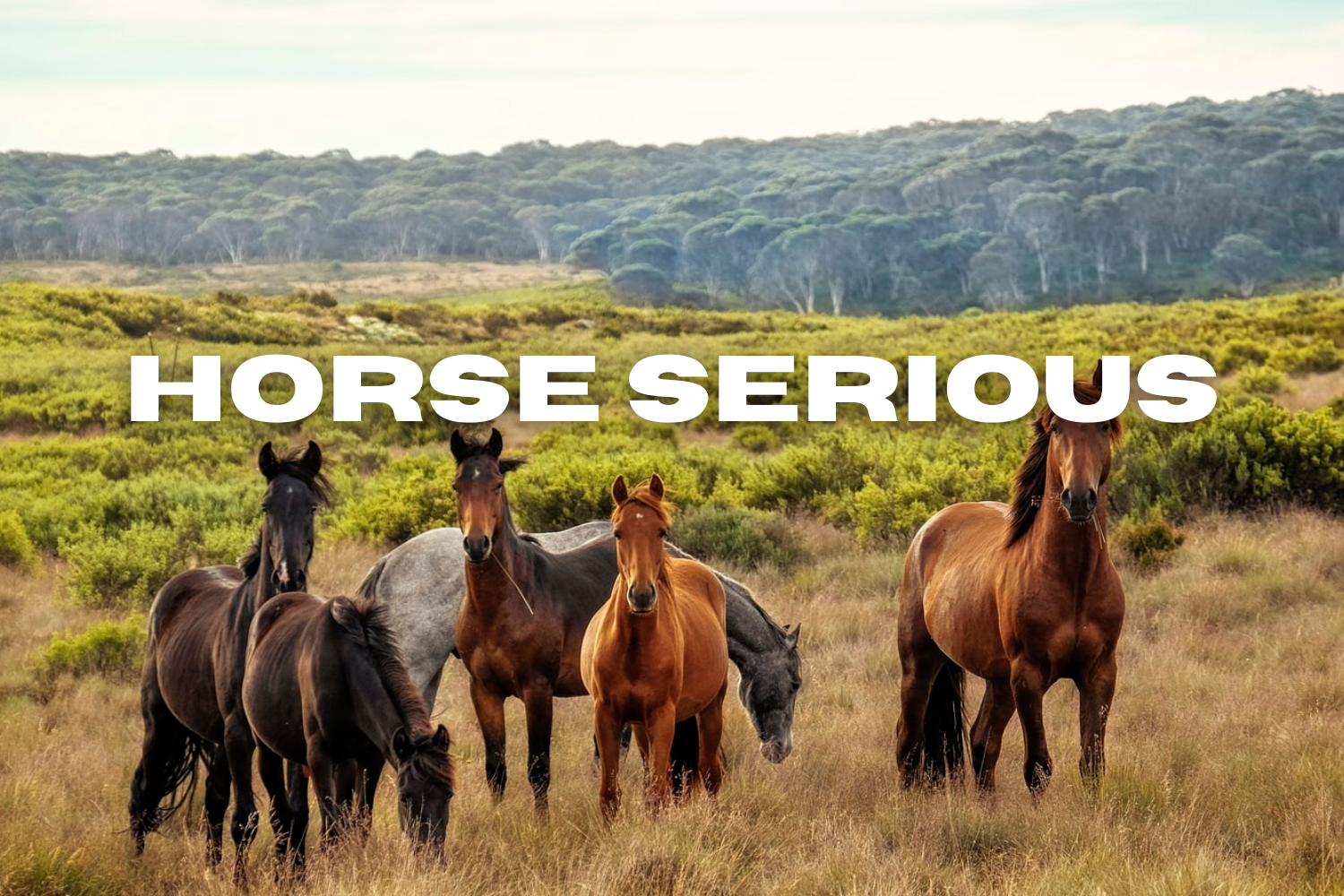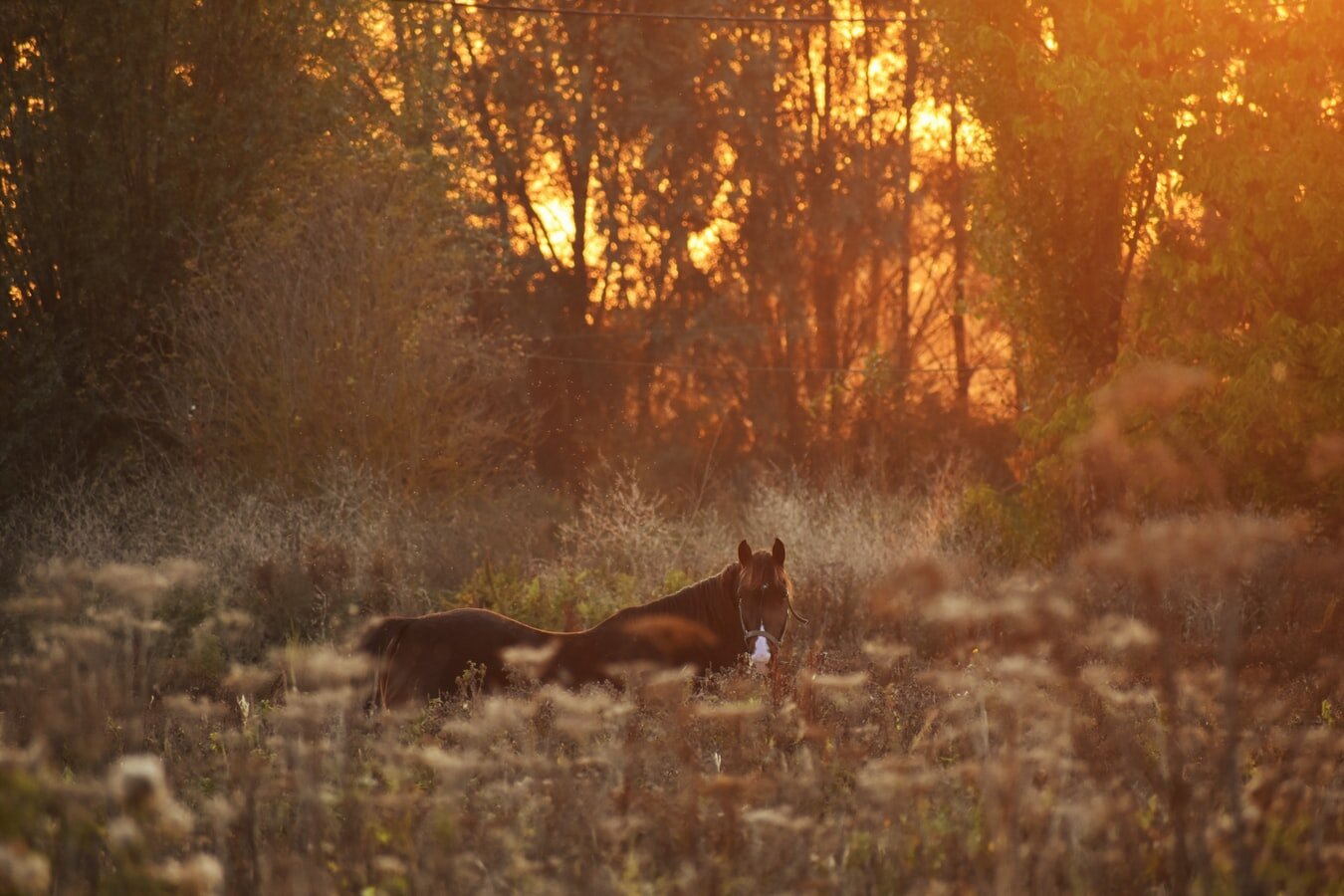As Autumn begins to arrive in the coming weeks, you’ll want to ensure your horse’s health and environment is ready. Here is our fall horse health care guide.
Just like every season, fall brings its own set of challenges. However, this guide will help you prepare for any potential problems.
https://pagead2.googlesyndication.com/pagead/js/adsbygoogle.js?client=ca-pub-3762802995754264
(adsbygoogle = window.adsbygoogle || []).push({});
-
Changing Pasture Conditions
As conditions change, weather cools and days become shorter, ensuring your pasture is ready is crucial. As grass supplies start to dwindle, horses may begin to taste greens that they probably shouldn’t, which can lead to poisoning. To avoid this, offer supplemental hay well before the pasture loses grass.
2. Adjusting Feed & Exercise Ratios
If the riding season is slowing down for you and your horse, it’s time to make some adjustments to your horse’s care. You can cut back on calories because if you feed the same way and your horse is less active, they may become overweight.
3. Physical Maintenance
In case you skipped any horse health care over the busy summer months, it’s time for teeth floating and sheath cleaning. It may also be a good time to consider giving your horse a break from shoes. Going barefoot can help improve the health of the feet. Additionally, it will allow the hooves to toughen up before the ground conditions get too hard.
4. Pest & Parasite Control
After the summer heat cools, the number of infective parasite larvae in pastures can rise quickly. If you notice that the pasture quality is decreasing, your horse might be snacking on grass spots he may usually avoid, like near manure piles. Ask your vet about whether you need to be making adjustments to your deworming schedule during this time. Daily dewormer during early fall months can be helpful, as long as the parasites in your area aren’t resistant to it.
5. Fall Laminitis
Older horses that have Cushing’s disease, or horses that are insulin-resistant are at a higher risk of laminitis in the autumn. In the fall, the hormone ACTH in all horses elevates. For healthy horses this isn’t usually an issue. However, insulin-resistant horses or horses with Cushings, the increase in ACTH can increase cortisol which puts them at a higher risk for laminitis. Older horses dealing with fall laminitis can actually lead to a Cushing’s disease diagnosis.
6. Acorn Indulgence
Although some horses love acorns and eat them with impunity, some horses can get sick from eating too many. It’s not exactly known why, but it’s advised to not let your horse over-indulge in acorns. Symptoms of acorn-toxicity include: loss of appetite, diarrhea, laminitis, abdominal pain and colic.
7. Pregnant Mares
As she approaches the last half of gestation, her nutritional needs will change. Required calories will increase a bit but mineral requirements will go up even more. Meeting the mineral requirements often leads to the mare becoming overweight unless you can change how you are supplementing and feeding. Talk to your vet or nutritionist for advice on how to meet your mare’s diet requirements. Many developmental joint and bone issues can start before the foal is born.
8. Weaning Preparation
The weaning age and age your foal should receive their first vaccinations are around the same time. If it happens in the fall, you’ll want to make sure you have the vaccinations out of the way before weaning. This will ensure that stress doesn’t interfere with a healthy response to the vaccine or booster.
9. Chores
Once all your horses’ health care tasks are completed, it’s time to inspect your property. This is important because any repairs that need to be done, will be much more difficult to do in the winter months. You may have been too busy during summer while the riding season was in full effect, so fall is the best time to get it done.
Source – Rémi Müller @remimullercha
10. Think Backwards
Now that you finished most of the guide, the last thing you need to do is reflect on last year’s winter. Did something come up last year that wouldn’t have if you were prepared? Now is a good time to get ready for last year’s unexpected. Maybe you need a new plow for your tractor. New shovels or a wheelbarrow? Are your blankets in good condition?
https://pagead2.googlesyndication.com/pagead/js/adsbygoogle.js?client=ca-pub-3762802995754264
(adsbygoogle = window.adsbygoogle || []).push({});


